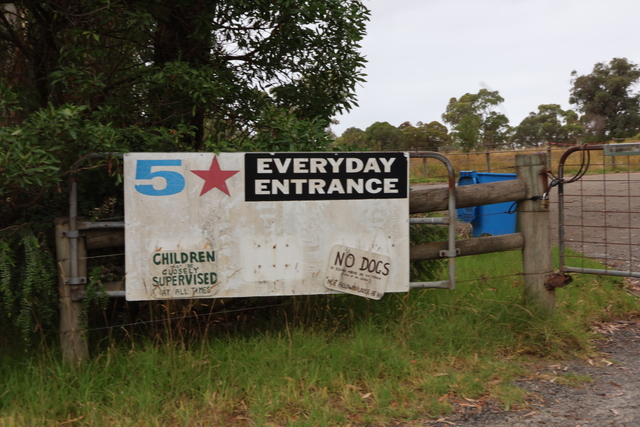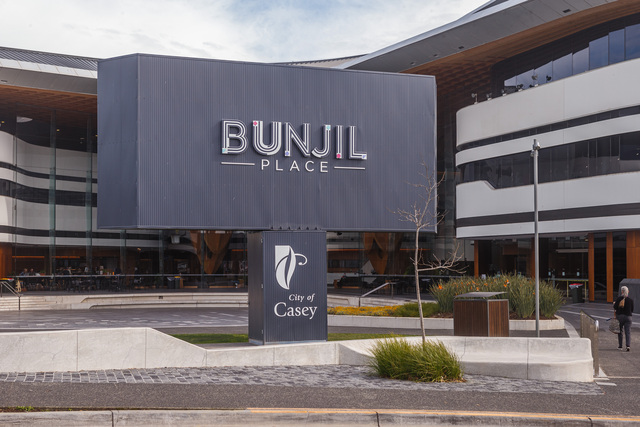 An assessment into the levels of methane in Cranbourne residential areas has shown there was “no cause for concern”.
An assessment into the levels of methane in Cranbourne residential areas has shown there was “no cause for concern”.
EPA Victoria has determined that there is “no cause for concern” regarding the levels of methane migrating to Cranbourne residential areas.
The EPA conducted an assessment in response to last year’s “methane mess” – where methane gas from a closed landfill was detected building up in homes in Cranbourne’s Brookland Greens residential estate.
The CFA was called in on at least one occasion, some houses were evacuated and the estate’s carols event in December was cancelled.
Property values slumped in the wake of publicity, and a class action against Casey Council was launched late last year by affected property holders.
The EPA’s assessment looked at 260 closed or currently licensed landfill sites across Victoria. Eight sites needed further investigation because of the level of methane that was detected at their site boundaries.
EPA Victoria chairman Mick Bourke said that further investigation found that the levels of methane in the buildings were not a cause for concern.
He said the methane detected at two of these eight sites was likely to have come from natural sources and not the landfills.
The remaining six sites, all in south-east Melbourne fall into three areas, Lyndhurst, Clayton South and Springvale South.
“The operators of these six sites have recently started EPA-approved works aimed at containing methane within the landfill site. These works will continue over the next few months and updated information will be provided,” he said.
“The operators are improving their gas monitoring networks, gas extraction systems and undertaking work, such as cut off trenches, to minimise any gas movement. This work is being audited by independent statutory environmental auditors.”
Mr Bourke said while the assessment showed that landfill gas was being effectively managed the assessment proved the importance of planning and development near landfill areas.
“It has highlighted the important roles of siting, design, construction and management of buffer distances between landfills and any development,” he said.






